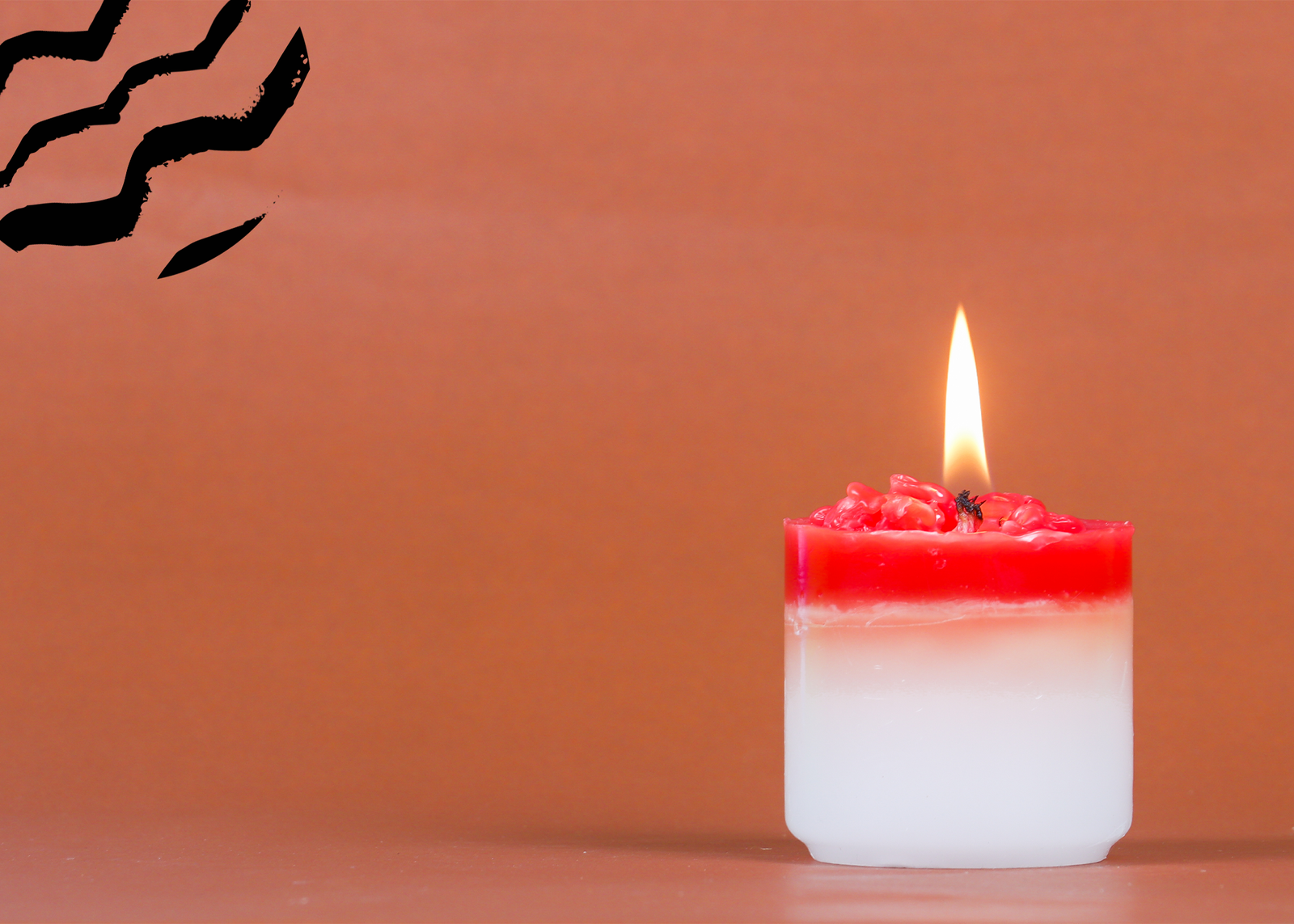
Learn About the Science of Fragrance
April 2, 2024
1
Trim The Wick
Before lighting your candle, always trim the wick to about 1/4 inch (6mm). This helps prevent excessive flickering, uneven burning, and black soot buildup on the container or walls.
2
First Burn
For the first burn, allow the candle to create a full melt pool, meaning the wax melts all the way to the edges of the container. This prevents tunneling and ensures an even burn throughout the candle's life.
3
Subsequent Burns
Trim the wick before each subsequent burn to maintain optimal burning conditions. This practice also prevents mushrooming (carbon buildup at the tip of the wick), which can lead to soot and uneven burning.
4
Avoid Drafts
Keep candles away from drafts, as moving air can cause uneven burning, excessive flickering, and even extinguish the flame prematurely. Place candles in draft-free areas for the best burning experience.
5
Even Surface
Ensure the candle is placed on a stable and heat-resistant surface. Avoid uneven or flammable surfaces that could pose a fire hazard. Use candle holders or trays designed for this purpose.
6
Safety First
Never leave a burning candle unattended. Keep candles out of reach of children and pets, and away from flammable materials such as curtains, paper, or clothing.
7
Burn Time
Limit each burn session to a no more than four hours to prevent overheating and ensure the candle lasts longer. Allow the candle to cool and solidify before relighting.
8
Extinguishing Safety
Use a candle snuffer or gently blow out the flame to extinguish the candle. Avoid blowing forcefully, as this can cause hot wax to splatter.
9
Storage
Store candles in a cool, dry place away from direct sunlight and heat sources. Proper storage helps maintain their quality and prevents them from melting or warping.
10
Disposal
Dispose of candles responsibly. If there's excess wax left, you can repurpose it for melting or discard it following local recycling guidelines. Clean reusable containers for future use or recycling.


